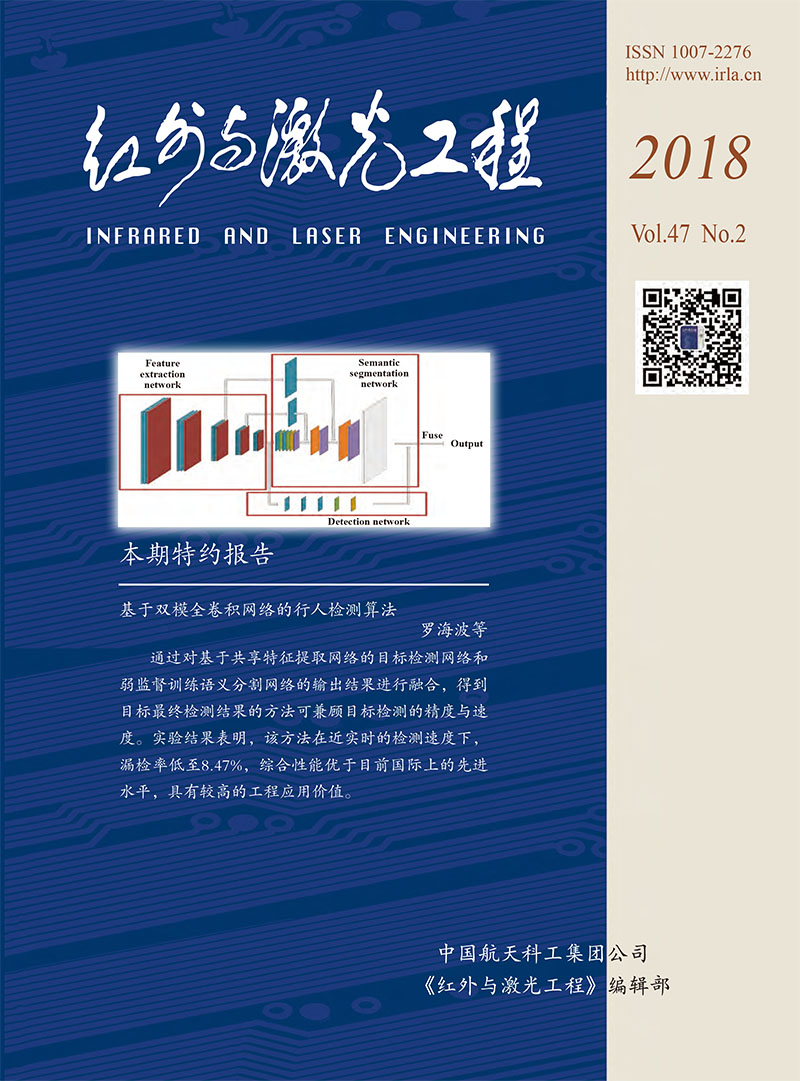|
[1]
|
Huang Jun, Li Feng, Gui Yan, et al. Surfaces texture synthesis based on texel distribution[J]. Journal of Chinese Computer Systems, 2016, 37(10):2361-2365. (in Chinese) |
|
[2]
|
Criminisi A, Perez P, Toyama K. Region filling and object removal by exemplar-based image inpainting[J]. IEEE Tras Process, 2004, 13(9):1200-1212. |
|
[3]
|
Kwatra V, Essa I, Turk G, et al. Graphcut textures:Image and video synthesis using graph cuts[C]//ACM Transactions on Graphics, 2003:277-286. |
|
[4]
|
Lefebvre S, Hoppe H. Parallel controllable texture synthesis[C]//ACM Transactions on Graphics, 2005, 24(3):777-786. |
|
[5]
|
Zhang Weiwei, He Kai, Meng Chunzhi. Texture synthesis method by adaptive selecting size of patches[J]. Computer Engineering and Applications, 2012, 48(17):170-173. (in Chinese) |
|
[6]
|
Song C Z, Wu Y, Mumford D. Filters, random fields and maximum entropy (FRAME):towards a unified theory for texture modeling[J]. International Journal of Computer Vision, 1998, 27(2):107-126. |
|
[7]
|
Kwatra V, Essa I, Bobick A, et al. Texture optimization for example-based synthesis[C]//ACM Transactions on Graphics, 2005:795-802. |
|
[8]
|
Urs R D, Costa J P D, Germain C. Maximum-likelihood based synthesis of volumetric textures from a 2D sample[J]. IEEE Transactions on Image Processing, 2014, 23(4):1820-1830. |
|
[9]
|
Xie J, Hu W, Zhu S C, et al. Learning sparse FRAME models for natural image patterns[J]. International Journal of Computer Vision, 2015, 114(2-3):1-22. |
|
[10]
|
Lu Y, Zhu S C, Wu Y N. Learning FRAME models using CNN filters[J]. Computer Science, 2015, arxiv:1509.08379v3. |
|
[11]
|
Gatys L A, Ecker A S, Bethge M. Texture synthesis using convolutional neural networks[J]. Febs Letters, 2015, 70(1):51-55. |
|
[12]
|
Schreiber S, Geldenhuys J, Villiers H D. Texture synthesis using convolutional neural networks with long-range consistency and spectral constraints[C]//Pattern Recognition Association of South Africa and Robotics and Mechatronics International Conference. IEEE, 2017:1-6. |
|
[13]
|
Xiao Chunxia, Huang Zhiyong, Nie Yongwei, et al. Global texture optimization incorporating with image detail[J]. Chinese Journal of Computers, 2009, 32(6):1196-1205. (in Chinese) |
|
[14]
|
Tang Ying, Lin Qifeng, Xiao Tingzhe, et al. GPU-based texture synthesis with preserved structures[J]. Computer Science, 2016, 43(4):299-302. (in Chinese) |
|
[15]
|
Goodfellow I J, Pouget-Abadie J, Mirza M, et al. Generative adversarial nets[C]//International Conference on Neural Information Processing Systems, 2014:2672-2680. |









 DownLoad:
DownLoad: